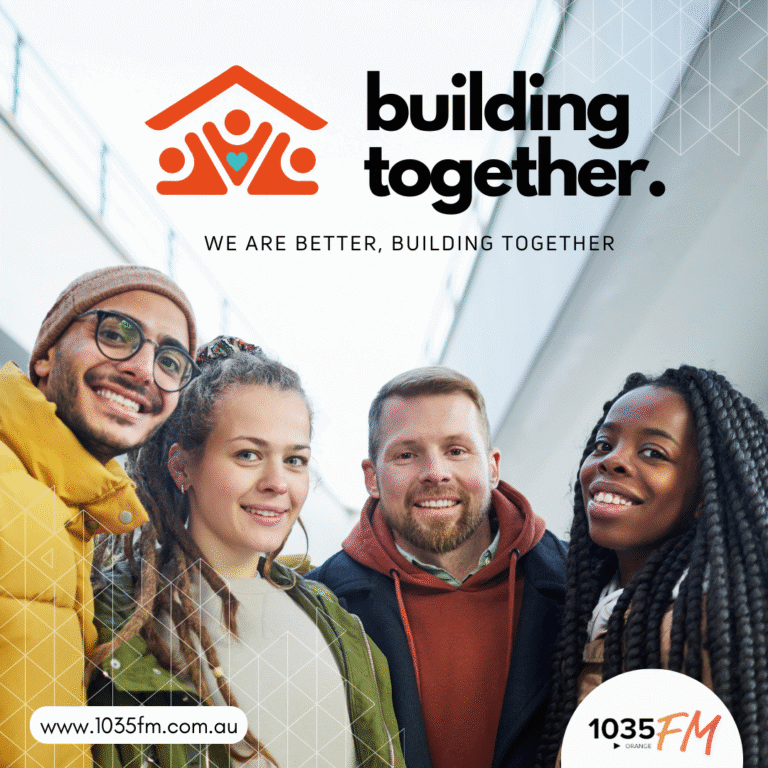By: Michelle Nortje
I recently listened to a podcast by Being Well about changing our perspectives and was reminded about what a meaningful topic this is.
I even listened to it twice! In a world filled with uncertainty, disagreement, and new information, our ability to shift perspective and consider multiple viewpoints or revise our assumptions is a vital skill. Mental and emotional flexibility doesn’t mean being indecisive or lacking conviction; rather, it reflects a grounded ability to pause, reflect, adapt and expand our awareness.
What is a healthy perspective?
A healthy perspective is one that is flexible, balanced, and responsive to both internal and external realities. It integrates thoughts, feelings, and values in a way that allows us to see ourselves, others, and the world with curiosity and compassion. Healthy perspectives do not remain the same over time, or when we learn new information. Instead, they evolve as we gain new experiences, insights and information. They help us navigate challenges with more numerous and adaptive options and they help maintain connection in relationships even when differences arise.
How does a rigid perspective impact our well-being?
Rigid perspectives often arise from past hurts, fear, or black-and-white thinking. While they may offer a temporary sense of certainty by feeling that we know what is the ‘right’ way, they can actually end up distorting reality, limiting our options, and intensifying emotional distress. Rigid thinking is often at the root of frustration, anxiety and interpersonal conflict.
When we hold tightly to one version of the ‘truth’, we can also lose our capacity for empathy. We stop being curious about how others feel or why they may see things differently to us. Conversations become debates instead of opportunities for connection and understanding. In relationships, this can create distance, resentment, and a feeling of being unseen or misunderstood. Empathy requires a willingness to loosen our grip on the certainty of “my” perspective and make room for perspectives beyond our own.
How can we move towards a more flexible perspective?
Practising emotional and mental flexibility starts with awareness. We need to notice when we’re stuck in a rigid mindset (the clue can be using words like always, never, should etc.) and gently challenge ourselves to zoom out and widen the frame. This often involves:
- Naming our automatic thoughts and emotional reactions
- Exploring alternative explanations or points of view
- Staying open to complexity and contradiction
- Being willing to tolerate uncertainty and emotional discomfort
How can we practise perspective-taking?
Perspective-taking is an intentional practice that helps us step outside our usual way of seeing the world, ourselves and others, and to rather imagine the world through someone else’s eyes. It doesn’t mean we have to agree with them. But it does mean pausing long enough to consider another’s emotional experiences, culture, values, meanings and context. Some ways to practise this include:
- Listening deeply: When someone speaks, notice if you’re planning your response or trying to prove a point. Instead, try listening with the goal of understanding, not correcting.
- Asking open-ended questions: Be curious! Gently inquire about someone’s experience. Use questions like “What was that like for you?” or “What helped you make that decision?”
- Imagining their perspective: Take a moment to consider the other person’s point of view. You can ask yourself What might they be feeling? or What part of this is most important to them?
- Reading fiction or memoirs: Stories can immerse us in different lives and cultures, building our emotional and cognitive empathy for other ways of being and seeing the world.
- Slowing down reactions: When triggered and feeling frustrated, try first to take a breath and pause before responding. Being grounded and present can help us feel more able to hold multiple perspectives in mind at the same time, even if it’s uncomfortable.
The more we practise stepping into other people’s shoes, the more flexible and connected we can become.
Five reflective questions to ask yourself to build a healthy perspective
These five questions can help you pause, reflect, and begin to shift out of a reactive response and into a more intentional, flexible response:
- What story am I telling myself right now, and is it the only possible story?
- How would I view this situation if I were feeling more calm or connected?
- What might someone I trust and respect say about this?
- Can I describe someone else’s experience of this event?
- Am I making room for both/and thinking, rather than either/or thinking?
Like any skill, flexible perspective-taking takes patience and practice. With time, developing a healthy perspective can strengthen our sense of resilience, empathy, and connection.
Article supplied with thanks to The Centre for Effective Living.
Feature image: Canva
About the Author: Michelle Nortje is a psychologist who works with a range of age groups and mental health issues, using Solution Focused Brief Therapy (SFBT), Cognitive Behaviour Therapy (CBT), Positive Psychology, mindfulness-based approaches, Dialectical Behaviour Therapy (DBT), Attachment theories and psychodynamic theories.




